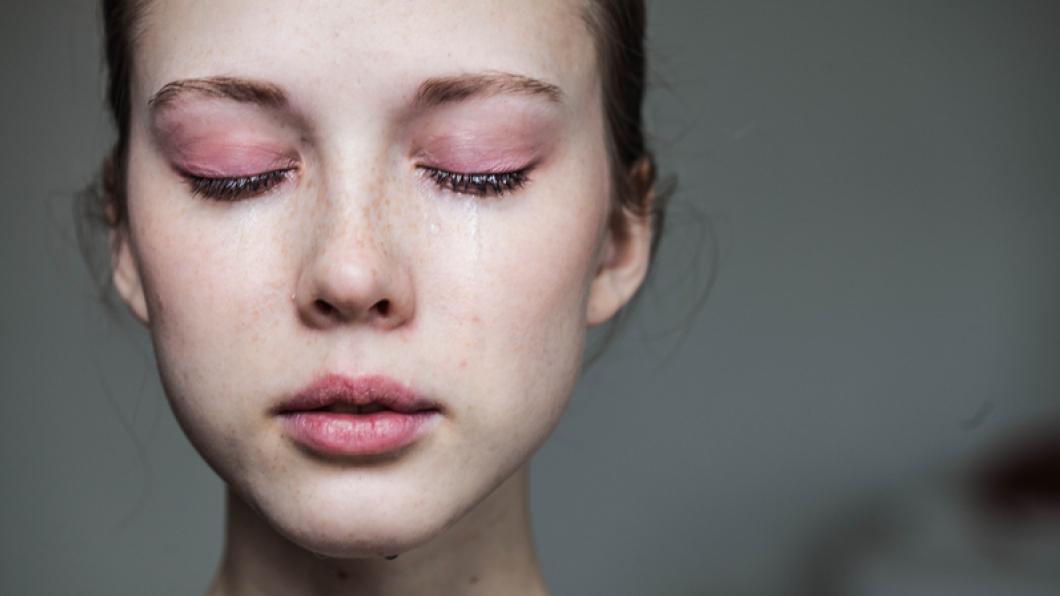
Disabled children continue to face high rates of abuse, global study finds
By Louise Kinross
Almost one in three children with disabilities worldwide has experienced abuse, according to a new study published in The Lancet Child and Adolescent Health. Abuse is defined as physical, emotional or sexual violence, as well as neglect. The study found disabled children are more than two times as likely as non-disabled peers to be victims of violence.
The study reviewed research on more than 16 million young people from 25 countries that was conducted between 1990 and 2020. "Violence can be perpetrated by caregivers, authority figures (e.g. teachers or other service providers), or other adults, and can involve bullying by peers in-person or online, or be enacted by intimate partners during adolescence," the authors wrote.
The new study comes 10 years after another Lancet review established a baseline on the prevalence of violence against children with disabilities. The earlier review only identified studies conducted in high-income countries. The new one includes evidence from 23 studies in low- and middle-income countries, as well as studies conducted in English and Chinese.
"I am surprised that after much investment in the last 10 years, where we've seen many more interventions targeted to children with disabilities, standardization of violence prevention programs with evidence-based guidelines, and much more research, that the prevalence is almost exactly the same," says co-author Dr. Ilan Cerna-Turoff, an epidemiologist in the Department of Environmental Health Sciences at Columbia University Mailman School of Public Health. "But the fact that our study has generated increased attention on this issue, and we can put this on the front burner for a lot of policy makers, is very positive."
One area that requires further exploration is intimate partner violence in disabled teens, Ilan says. "In these analyses, I always find the gaps interesting. What are we talking about or not talking about? Specifically, the lack of studies on partner violence in adolescents with disabilities was really interesting. Even in the initial evidence, we found the likelihood of violence in intimate relationships was four times higher for young people with disabilities than non-disabled peers. That leads me to think there's a whole area of other types of violence that children with disabilities experience that is not being captured."
The new analysis found children with mental illness and cognitive and learning disabilities, including autism and ADHD, were more likely to be victims of violence than those with sensory impairments, physical or mobility limitations, and chronic disease. "Mental illness and cognitive disabilities tend to be highly stigmatized around the world, and systems may not respond to protect children," Ilan says. Ableist cultural ideas that exclude some people from being viewed as productive members of society play a role here, Ilan says.
Children with disabilities in low-income countries experienced higher rates of violence than those in high-income countries. Weak social support systems, less legal protection, stigma, discrimination, poverty, social isolation and a lack of information about disability were contributing factors.
"Several of the evidence-based global standards for violence prevention programs have been adapted for violence against children with disabilities," Ilan says. "I would point readers to things like the toolkit INSPIRE by the World Health Organization. It's a suite of different tools that have been tested particularly in lower- and middle-income countries."
Reducing violence against youth with disabilities requires systemic and cultural change, Ilan says.
"Many interventions take more of a public health approach to change the environment and change the systems, rather than targeting individual people. We live in a society where children with disabilities are often stigmatized, misunderstood or belittled. We can change individual behaviours, but lasting change will only come when we shift social norms about how we see and value children with disabilities and in turn, change systems of education, work and other aspects of daily life to better protect children from violence."
The new study found high levels of peer bullying. Almost 40 per cent of children with disabilities had been victims, and in-person bullying was more common than cyberbullying.
" A lot of my work is about equity," Ilan says. "We need to prioritize and invest in communities that are most vulnerable. When one group is experiencing higher rates of violence this is obviously a social justice issue."
Like this story? Sign up for our monthly BLOOM e-letter. You'll get family stories and expert advice on raising children with disabilities; interviews with activists, clinicians and researchers; and disability news: https://bit.ly/3IIK5Qo.